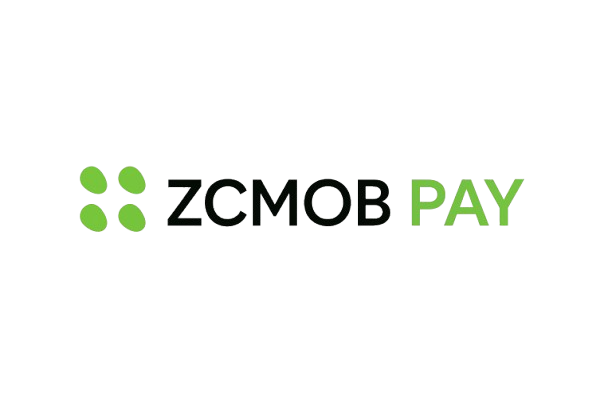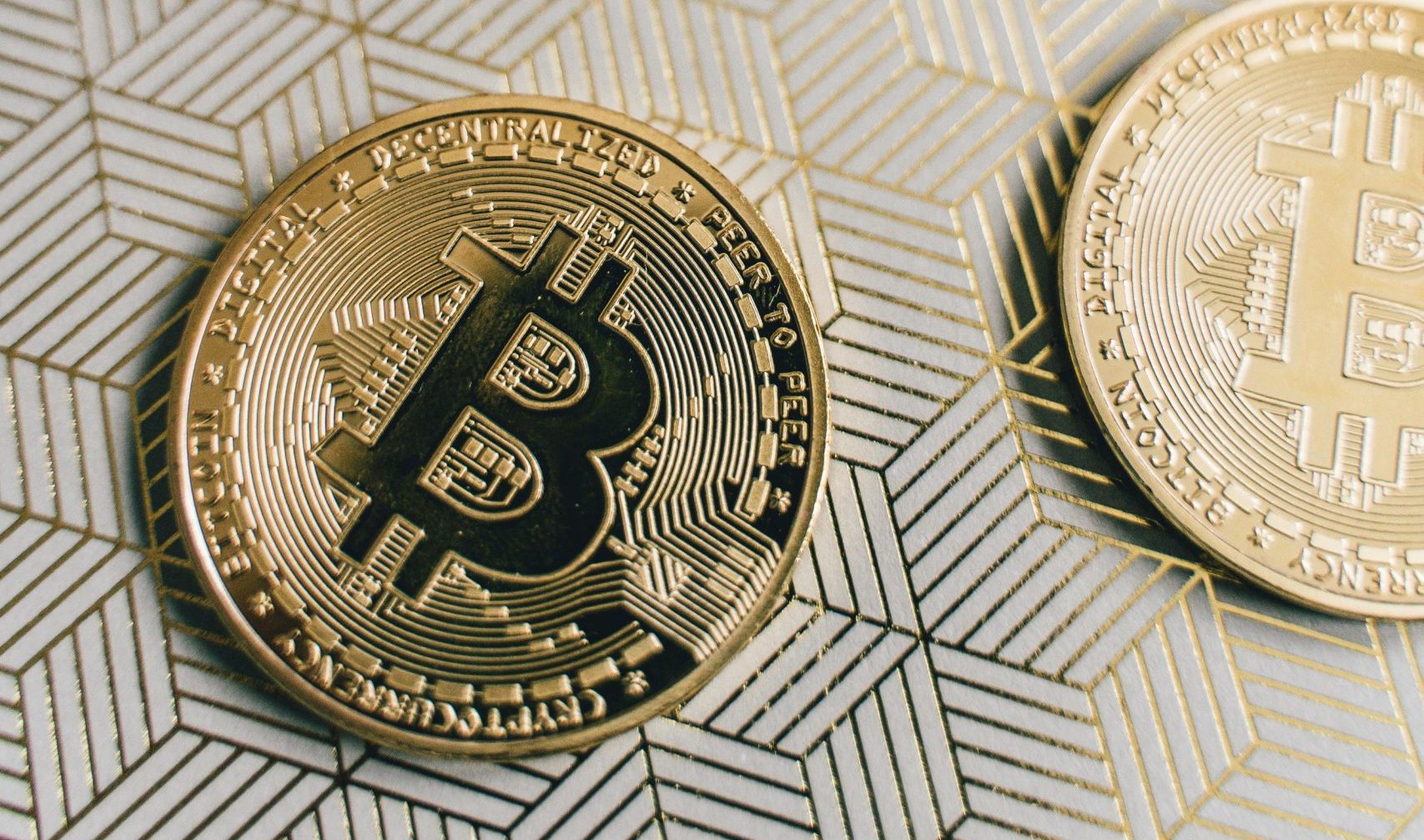As blockchain technology continues to revolutionize the digital world, understanding token standards becomes essential especially for those who own, trade, or develop on crypto platforms. Among the most widely used standards today are ERC20 and TRC20. These two formats define how tokens behave on their respective blockchains, making them crucial for compatibility, transfer, and wallet integration. If you’re using or planning to use ShieldWallet, knowing the difference between these standards helps you manage your assets more wisely.
Let’s start with ERC20 a technical standard used for smart contracts on the Ethereum blockchain. Launched in 2015, ERC20 defines a common list of rules that all Ethereum tokens must follow, such as how they are transferred, how balances are accessed, and how approvals work. Some of the most popular tokens like USDT (Tether), Chainlink (LINK), and Uniswap (UNI) are ERC20-based. This standard is widely adopted and supported by most wallets and exchanges, but it often comes with high transaction fees, known as gas fees, especially during network congestion.
On the other hand, TRC20 is the equivalent standard on the TRON blockchain. It mirrors many of the same functionalities as ERC20 but offers one key advantage low to near-zero transaction fees. TRC20 tokens are popular for fast, cost-effective transfers, making them an ideal choice for users who move funds frequently or in small amounts. For example, TRC20 USDT has gained widespread usage for cross-platform transfers and is fully supported by ShieldWallet for withdrawals and deposits.
One of the main differences between ERC20 and TRC20 lies in their underlying infrastructure. ERC20 runs on Ethereum, which is more decentralized and developer-rich, while TRC20 runs on TRON, which focuses on high throughput and fast scalability. Both have their strengths, and the right choice often depends on your personal needs: ERC20 for ecosystem compatibility and smart contract complexity, TRC20 for fast and economical transactions.
At ShieldWallet, we believe in empowering users with the tools and knowledge to take control of their crypto. That’s why our wallet supports both TRC20 and ERC20 token formats giving you flexibility and freedom without compromising security. Whether you’re sending, receiving, or holding crypto assets, understanding token standards helps you avoid costly mistakes and optimize your experience.
In conclusion, learning about TRC20 and ERC20 isn’t just for developers it’s for anyone who values transparency, speed, and control in the world of crypto. Stay informed, choose wisely, and let ShieldWallet be your secure gateway into the decentralized future.

